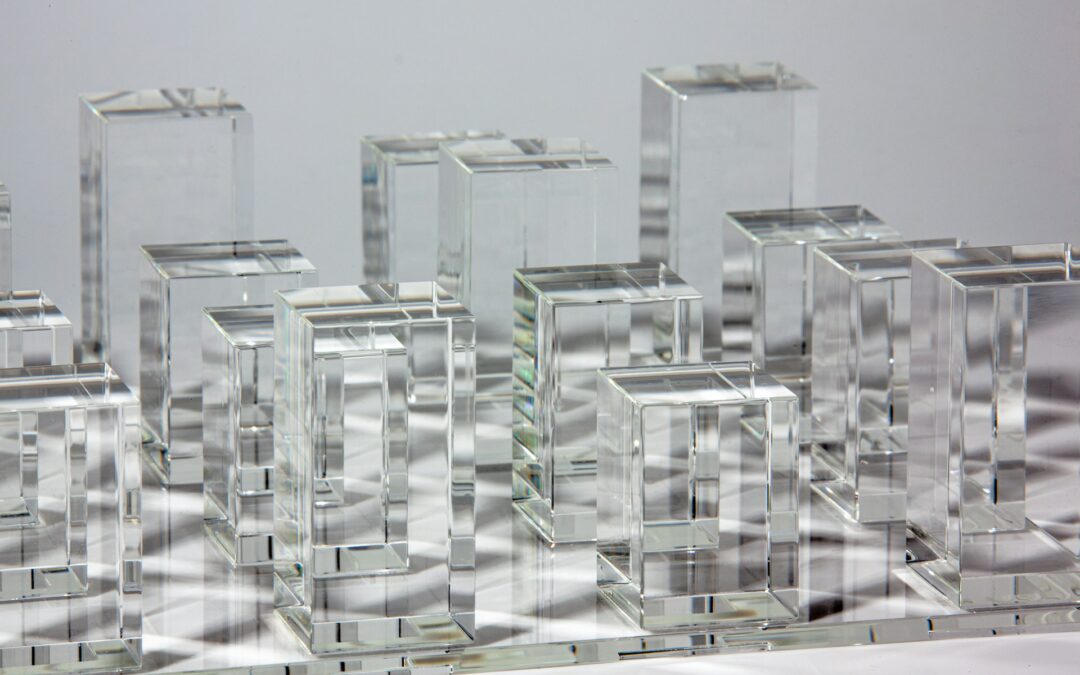When residential developers venture into the world of condo hotels, one of the most overlooked yet mission-critical elements is space planning with a hotel component. While many are seasoned in delivering residential units that appeal to traditional condo buyers, the addition of hotel operations introduces a layer of complexity that’s often underestimated.
Unlike standard condominiums, a condo hotel must function as both a private residence and a revenue-producing hospitality asset. That means spaces must be designed not just to sell, but also to perform — under the daily wear and tear of transient guests, under brand standards that evolve over time, and under operational realities that extend well beyond the initial sellout.
Impact of Design on Programming
At LHA Realty, we’ve seen firsthand how design decisions made at the programming stage can impact long-term profitability and guest experience. Questions like:
• Is the front-of-house circulation intuitive for both owners and guests?
• Are back-of-house and service areas discreet but efficient?
• Can the rooms accommodate key brand features like minibars, tech integration, or bath rituals?
• Will the mix of units yield strong performance metrics in both sales and nightly rates?
Another unique challenge in condo hotels is designing units that meet both residential expectations and hotel flexibility. For example, buyers often expect fully equipped kitchens or kitchenettes with high-end finishes, while hotel operators require ease of maintenance, durability, and layout efficiency. A kitchen in a condo hotel unit isn’t just about aesthetics; it must also adhere to brand guidelines, allow for easy turnover between guests, and accommodate housekeeping protocols.
Storage, noise control, and privacy become even more critical. Closets need to be lockable for owners who may only visit part of the year, and acoustical insulation must support both short-term rental turnover and long-term ownership satisfaction. Small missteps — like poorly placed HVAC units or lack of luggage drop zones — can translate into operational inefficiencies and negative guest feedback.
Dealing With Shared Spaces
The design of shared spaces is equally crucial. The lobby, elevators, and amenity areas should serve dual roles: welcoming guests while reinforcing a sense of ownership and exclusivity for residents. Service corridors, linen rooms, and staff movement must be invisible to the guest but seamlessly integrated into the architectural flow.
Often, developers focused solely on condos optimize for maximum sellable area, unintentionally compromising long-term operability. That approach can backfire in a condo hotel, where hospitality performance influences not only brand satisfaction but also resale values.
In Conclusion
LHA Realty brings together hospitality operations insight and residential sales strategy to ensure that each project is built to succeed from day one — and to last for decades. We work alongside architects, designers, and developers to create spaces that sell, live beautifully, and perform. Because in the condo hotel world, the real legacy isn’t the sale — it’s what stays behind.

